Some bridges are built purely for function—to get from point A to point B as quickly as possible. Others are masterpieces that deserve your full attention, structures so beautiful or historically significant that rushing across them feels like a crime against architecture. These aren’t just ways to cross water or valleys; they’re destinations in themselves.
Whether they’re ancient stone marvels that have watched empires rise and fall, or modern engineering feats that seem to defy gravity, the world’s most spectacular bridges reward those who take their time. Here is a list of 20 bridges that practically beg you to slow down and appreciate the view.
Golden Gate Bridge, San Francisco
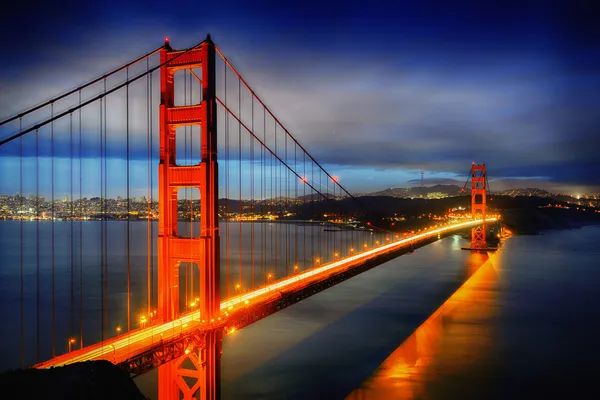
The Golden Gate’s Art Deco towers rise 746 feet above the San Francisco Bay, painted in a color officially called ‘International Orange’ that was chosen specifically to enhance visibility in the city’s frequent fog. Walking across takes about 30 minutes, but most people find themselves stopping every few steps to take in the view of Alcatraz, the Marin Headlands, or the city skyline.
The bridge sways up to 27 feet in strong winds, adding a gentle rhythm to your crossing that makes the experience even more memorable.
Brooklyn Bridge, New York
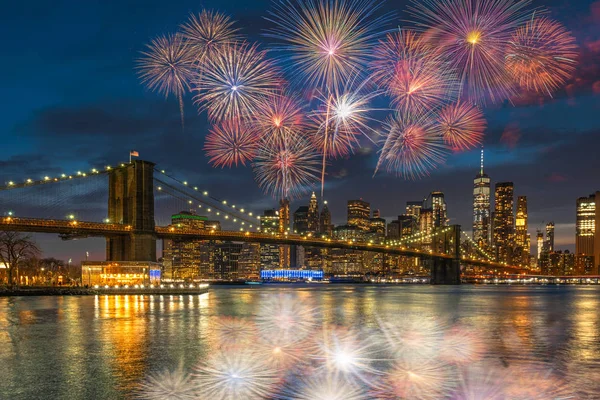
Built in 1883, this Gothic Revival masterpiece was the world’s first steel-wire suspension bridge and remains one of New York’s most photographed landmarks. The elevated pedestrian promenade sits 18 feet above the traffic, offering unobstructed views of the Manhattan skyline and the East River below.
John Roebling’s design included those distinctive granite towers and a web of cables that create natural frames for photos, making every step feel like you’re walking through a living postcard.
Like Travel Pug’s content? Follow us on MSN.
Tower Bridge, London
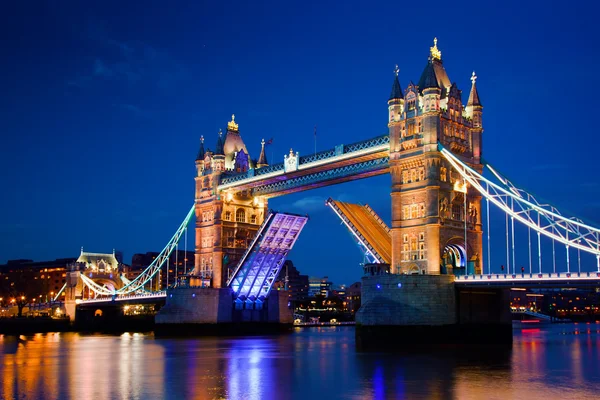
Often mistaken for London Bridge, this Victorian-era bascule and suspension bridge combination opens about 800 times per year to let tall ships pass underneath. The glass floor walkways, installed in 2014, let you peer down 138 feet to the Thames below while you cross between the two Gothic towers.
The blue and white color scheme wasn’t original—the bridge was brown until it was repainted for Queen Elizabeth II’s Silver Jubilee in 1977.
Pont du Gard, France
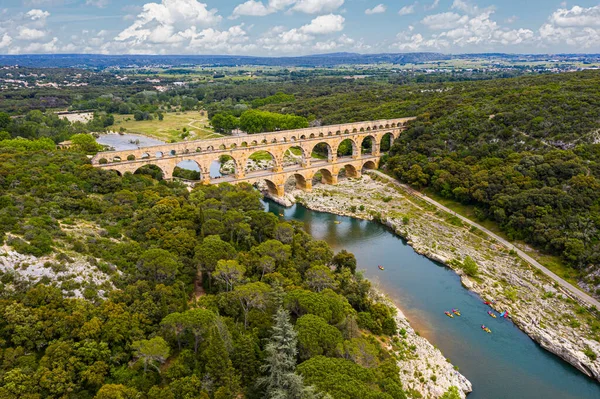
This three-tiered Roman aqueduct bridge has been standing for nearly 2,000 years, carrying water across the Gardon River with engineering precision that still impresses modern architects. The largest stones weigh up to 6 tons each, and they were fitted together without any mortar—just Roman engineering genius and gravity.
Walking across the lower tier gives you an up-close look at the massive limestone blocks. At the same time, the surrounding Provence countryside provides a stunning backdrop that changes with the Mediterranean light.
Rialto Bridge, Venice
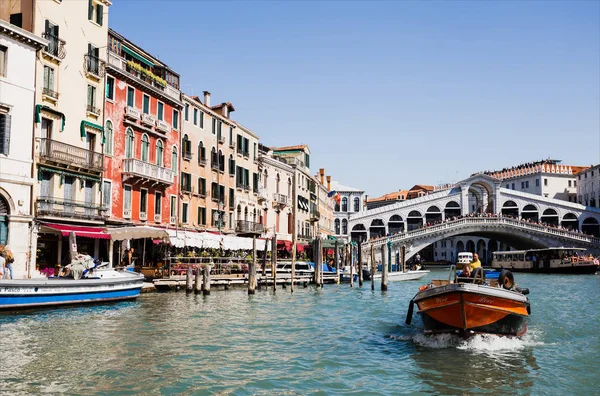
The oldest of the four bridges spanning Venice’s Grand Canal, this single-span stone arch has been the commercial heart of the city since 1591. Its covered walkway houses 24 shops selling everything from jewelry to souvenirs, making it feel more like a floating marketplace than a bridge.
The gentle curve of the arch offers perfect vantage points for watching gondoliers navigate the canal traffic below, especially magical during the golden hour when the water reflects the warm light off the surrounding palazzos.
Like Travel Pug’s content? Follow us on MSN.
Sydney Harbour Bridge, Australia
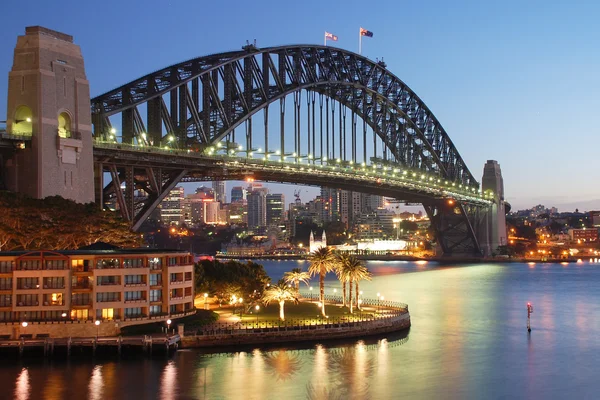
Locals call it ‘the Coathanger’ for obvious reasons, but this steel arch bridge offers some of the most spectacular harbor views in the world. The pedestrian walkway on the eastern side provides constantly changing perspectives of the Opera House, the harbor islands, and the sprawling city beyond.
At 440 feet above the water, the bridge gives you a bird’s-eye view of ferry traffic, sailing boats, and the occasional whale during migration season.
Millau Viaduct, France
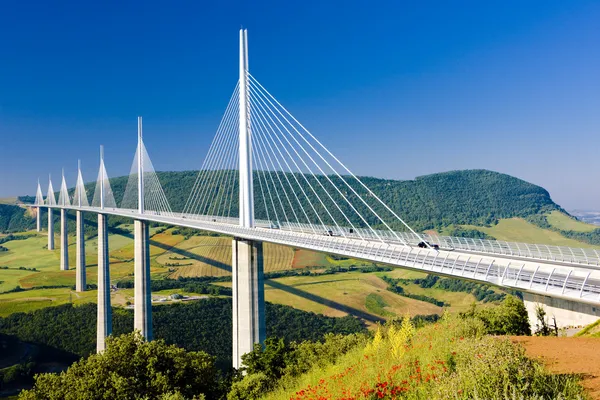
This cable-stayed bridge soars 1,125 feet above the Tarn Valley, making it taller than the Eiffel Tower and one of the highest bridges in the world. Designer Norman Foster created a structure so elegant it seems to float above the clouds that often fill the valley below.
The gentle S-curve of the roadway and the tapering concrete piers create an almost ethereal experience as you cross, especially when morning mist obscures the valley floor.
Chengyang Bridge, China

Built entirely without nails, screws, or rivets, this covered bridge showcases traditional Dong architecture with its distinctive upturned eaves and pagoda-style towers. The wooden structure spans the Linxi River and doubles as a community gathering place, with locals often using the covered galleries for socializing and shelter.
The intricate carpentry work and the peaceful rural setting make crossing feel like stepping back in time to ancient China.
Like Travel Pug’s content? Follow us on MSN.
Chapel Bridge, Lucerne
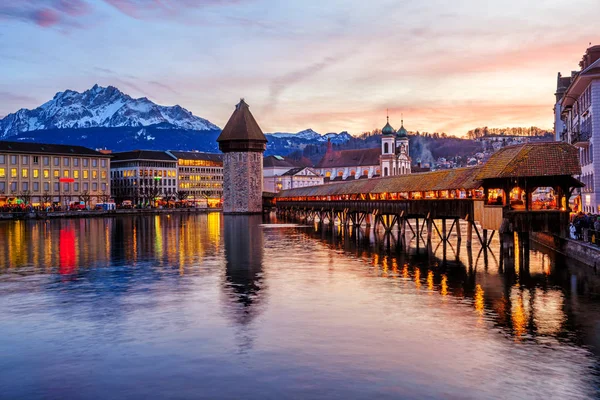
Originally built in 1333, this covered wooden footbridge is decorated with 17th-century paintings depicting Lucerne’s history, though many are reproductions following a 1993 fire. The octagonal Water Tower that sits partway across served various purposes over the centuries—from a prison to a torture chamber to a treasury.
Today, crossing the bridge offers postcard views of Lake Lucerne and the surrounding Alps, especially stunning when the mountains catch the early morning light.
Ponte Vecchio, Florence
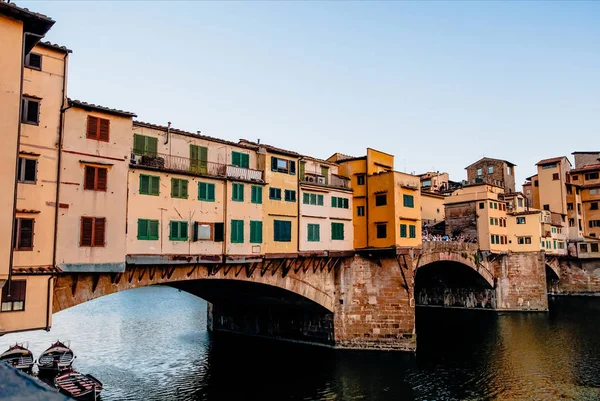
The only bridge in Florence to survive World War II intact, this medieval stone bridge is famous for the jewelry shops that line both sides of the walkway. The tradition of shops on bridges dates back to the 13th century, and the current goldsmiths and jewelers continue a practice that has made the bridge a commercial center for over 400 years.
The view from the center of the bridge, looking up and down the Arno River, captures the essence of Renaissance Florence with its warm ochre buildings reflected in the water.
Mackinac Bridge, Michigan
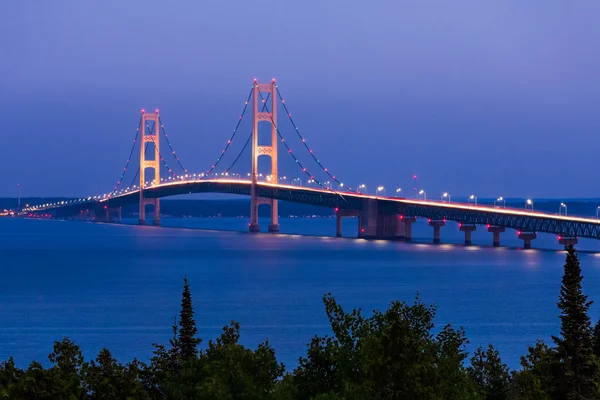
Connecting Michigan’s upper and lower peninsulas, this 5-mile suspension bridge offers an experience that changes dramatically with the weather and seasons. On clear days, you can see for miles across Lake Huron and Lake Michigan, while foggy conditions create an almost mystical crossing experience.
The bridge is tall enough that you’re often above low-lying clouds, and during autumn, the surrounding forests create a carpet of red and gold that stretches to the horizon.
Like Travel Pug’s content? Follow us on MSN.
Khaju Bridge, Isfahan
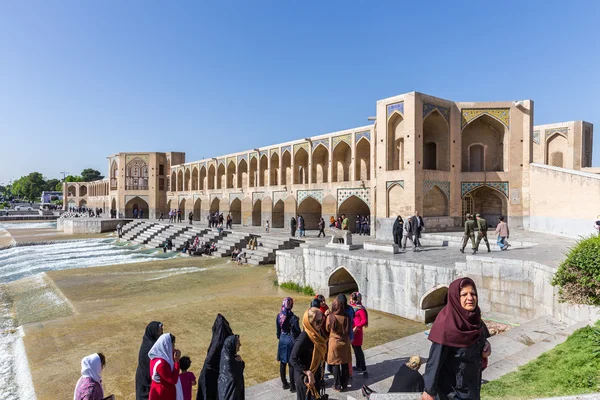
Built in 1650 during the Safavid era, this dual-purpose bridge serves as both a crossing and a weir, controlling the flow of the Zayandeh River below. The two-level design includes a lower level for pedestrians and an upper level that was once reserved for royalty, with 26 arches creating a rhythmic pattern of light and shadow.
The bridge becomes particularly enchanting in the evening when locals gather on the stepped platforms to socialize, turning the crossing into a cultural experience.
Banpo Rainbow Bridge, Seoul
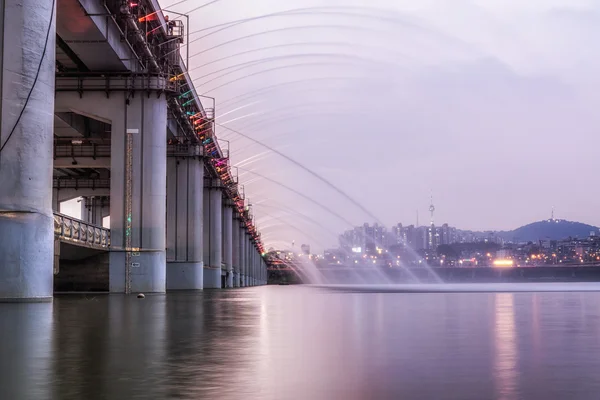
This double-deck bridge transforms into a dancing fountain show every evening, with 200 tons of water per minute choreographed to music and multicolored LED lighting. During the day, crossing offers excellent views of the Han River and Seoul’s modern skyline, but the real magic happens after dark.
The 20-minute fountain turns the bridge into a liquid light sculpture, making it one of the few bridges where the crossing experience completely changes with the time of day.
Gateshead Millennium Bridge, England
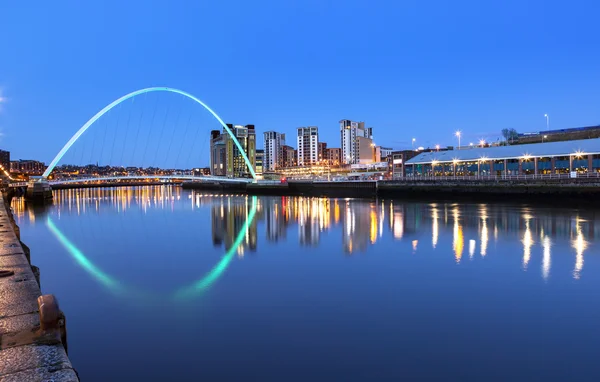
This pedestrian and cyclist bridge tilts like an eyelid opening to let boats pass on the River Tyne below, earning it the nickname ‘Blinking Eye Bridge.’ The elegant curved design creates a perfect frame for views of Newcastle’s historic quayside and the Sage Gateshead concert hall.
The tilting mechanism takes just 4.5 minutes to complete its rotation, and watching this engineering ballet from the bridge itself gives you a unique perspective on both the mechanics and the surrounding cityscape.
Like Travel Pug’s content? Follow us on MSN.
Øresund Bridge, Denmark and Sweden
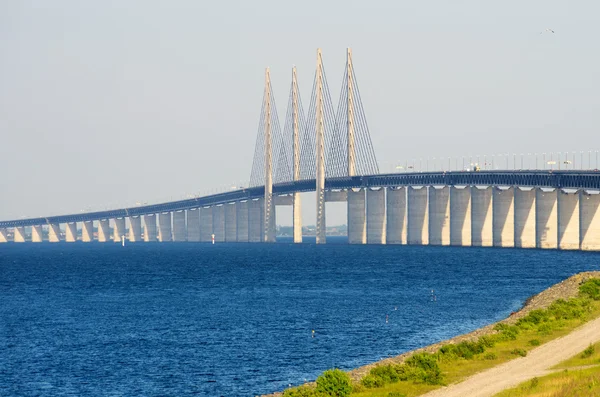
This engineering marvel combines a bridge, an artificial island, and a tunnel to connect Copenhagen and Malmö across the Øresund Strait. The 5-mile cable-stayed section offers expansive views of the Baltic Sea and the opportunity to cross from one country to another in minutes.
On clear days, you can see both the Danish and Swedish coastlines, and the transition from bridge to tunnel on the artificial island creates a unique crossing experience found nowhere else in the world.
Akashi Kaikyo Bridge, Japan

The world’s longest suspension bridge stretches nearly 2.5 miles across the Akashi Strait, connecting the mainland to Awaji Island. The bridge was designed to withstand earthquakes and typhoons, with towers that can sway up to 6 feet in strong winds.
The pedestrian walkway offers stunning views of the Inland Sea and, on clear days, the city of Kobe, while the bridge’s LED lighting system creates spectacular nighttime displays that change with the seasons.
Stari Most, Bosnia and Herzegovina
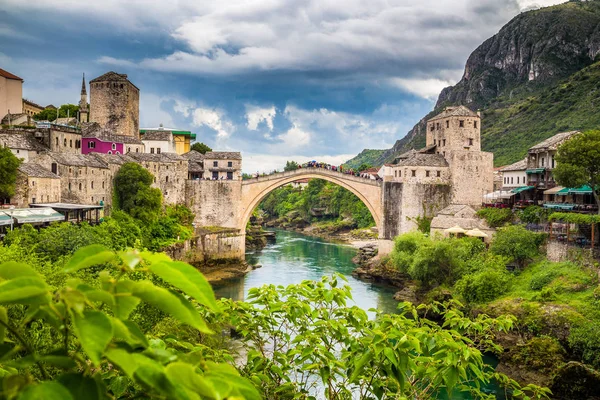
Rebuilt stone by stone after its destruction in 1993, this Ottoman-era bridge once again arches gracefully over the Neretva River in Mostar. The original 16th-century design used a unique mortar made from egg whites, and the reconstruction followed the same techniques and materials.
The steep cobblestone approach and the dramatic single arch create an almost ceremonial crossing experience, while the turquoise river below and the surrounding medieval buildings transport you to another era.
Like Travel Pug’s content? Follow us on MSN.
Henderson Waves, Singapore
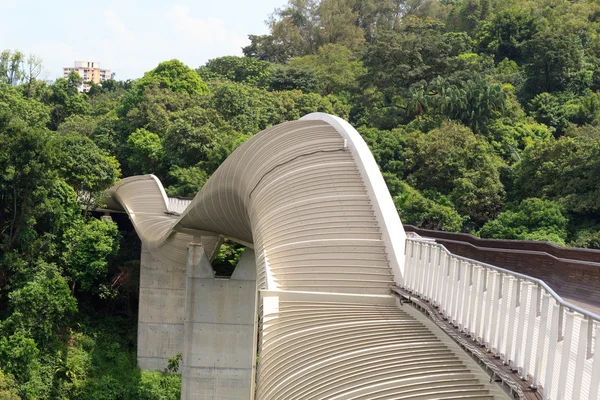
This pedestrian bridge undulates like a python through the forest canopy, connecting two parks 118 feet above the ground. The wave-like design includes sheltered alcoves perfect for resting and taking in views of the city skyline through the tropical foliage.
The bridge is beautifully lit after dark, creating a glowing ribbon through the forest that’s visible from various points around the city, making both the crossing and the view of the bridge equally spectacular.
Pont Alexandre III, Paris
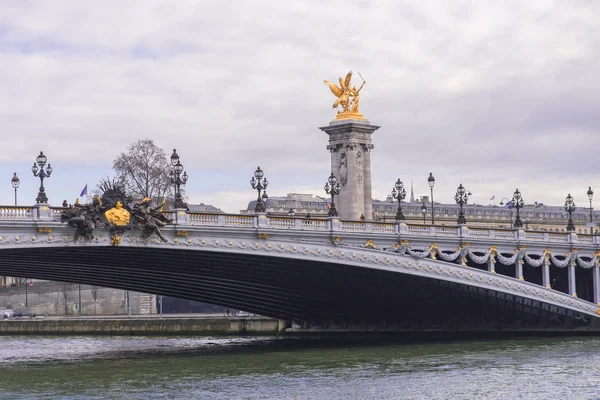
Often called the most beautiful bridge in Paris, this Beaux-Arts masterpiece is decorated with cherubs, nymphs, and winged horses that seem ready to take flight. Built for the 1900 World’s Fair, the bridge offers perfect views of the Eiffel Tower on one side and the Invalides on the other.
The ornate lampposts and gold-leafed statues catch the light beautifully throughout the day. Still, the bridge is particularly magical during the ‘blue hour’ just after sunset when the city lights begin to twinkle.
Charles Bridge, Prague
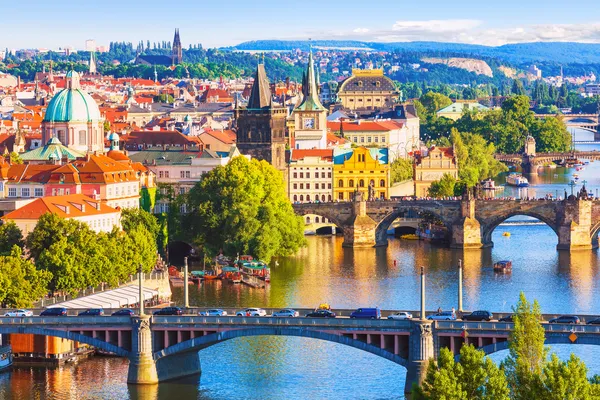
This 14th-century stone bridge connects Prague’s Old Town with the Lesser Town, lined with 30 baroque statues that watch over the thousands of daily crossers. Street performers, artists, and vendors create a carnival atmosphere during the day, but early morning crossings offer a more contemplative experience with just the statues for company.
The bridge provides stunning views of Prague Castle and the red-tiled rooftops that earned the city its nickname ‘the City of a Hundred Spires.’
Like Travel Pug’s content? Follow us on MSN.
Bridges as Time Machines
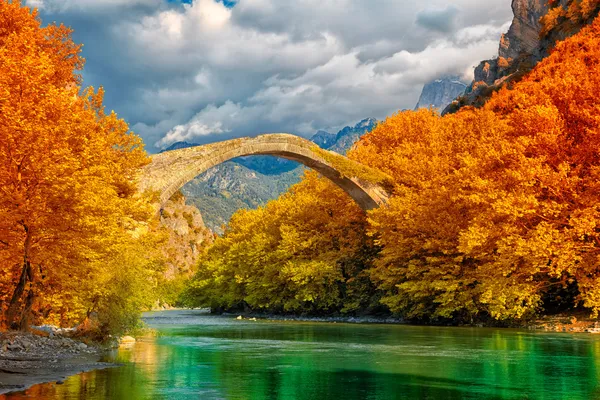
These remarkable crossings remind us that bridges are more than engineering solutions—they’re monuments to human ambition and creativity that connect not just places, but eras. From Roman ingenuity that still stands strong to modern marvels that seem to defy physics, each bridge tells the story of the people who dared to span the impossible.
Today’s hurried world makes these architectural treasures even more precious, offering moments of pause in our rush toward tomorrow. The next time you encounter one of these magnificent structures, remember that the journey across can be just as rewarding as reaching the other side.
More from Travel Pug

- 20 Best Beach Towns in the Carolinas
- 13 Destinations Where Tourists Regularly Regret Their Trip
- 20 Things You Actually Get in First Class
- 20 Small Airports With Aviation Museums
- 20 Places in the U.S. That Are Perfect for a Reset Trip
Like Travel Pug’s content? Follow us on MSN.
